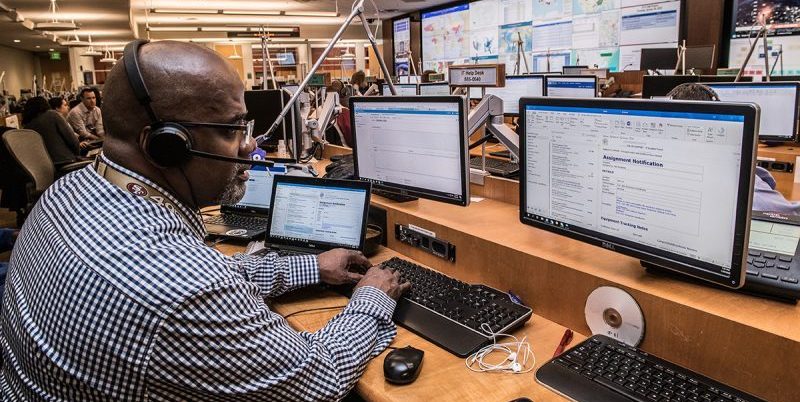The rapid growth of confirmed COVID-19 cases in the U.S. is causing greater uncertainty and fear among the public. As the coronavirus spreads, so too has false and malicious content — putting many governments in an uphill battle to connect people with the truth they need.
Despite considerable efforts by some of the country’s largest social media platforms, such as Facebook, Twitter and Google, to prevent the dissemination of false information, the issue still persists. But many government leaders are taking action to combat misinformation and provide the facts. Here are three ways organizations are setting the record straight.
1. Elevate the Voices of Public Health Authorities
California was the first state in the U.S. where a patient tested positive for coronavirus due to community spread. The city of Berkeley’s communications team found themselves in a position many government leaders are facing: They needed to communicate about coronavirus quickly, accurately and effectively. In a recent interview with Echa Schneider, who oversees digital communications for the city, she recommended elevating the voices of public health authorities as much as possible. “Whether it’s providing members of the community with links to credible websites, or quoting medical professionals in outbound messaging, elevating healthcare experts is your best chance at combating misinformation,” Schneider said.
2. Do Not Engage With Misinformants on Social Media
You may have noticed a surge of false COVID-19 treatment claims on social media channels ranging from completely harmless (eating raw garlic) to life-threatening (drinking bleach). The worst thing we can do is give these false claims any merit by engaging in the discussion. The most effective misinformation campaigns thrive by recruiting more members of the public who didn’t realize they are amplifying or legitimizing falsehoods.
Instead, offer consistent and focused messages directly to your audience that cites any of the following trusted medical sources:
- The Center for Disease Control and Prevention (CDC)
- U.S. National Library of Medicine
- The World Health Organization (WHO)
- Statewide or Local Departments of Health
3. Speak Directly to Your Audience on the Platforms They Trust
In times of crisis, effective communication is more important than ever. Not only is tone important to reduce panic and keep people safe, but consider the most effective 1-to-1 methods for outreach. When social media is swirling with misinformation, it’s time to rely on more direct communications, such as email and text messaging, to cut through the viral noise.
Emails from government agencies (especially local and state governments) have about 10-20% higher engagement rates than those from private organizations and are less likely to hit spam or junk filters. Text messaging also has some of the highest open rates of any communications method and can reach people more readily during periods of social distancing. Unlike social media, segmentation and other sophisticated audience targeting tactics can be applied to email and text messaging — giving your audience personalized and relevant information.
Are you looking for more ways that governments are communicating with residents on COVID-19? See this free COVID-19 Outreach Best Practices Guide that includes example web pages, email templates, and more.
Madeline O’Phelan is Director of Marketing Communications at Granicus, the leading provider of cloud-based SaaS communications, website, public meetings, and record management solutions for government. Prior to her role at Granicus, Madeline served as the Director of Communications for the Minnesota Department of Employment and Economic Development.
Photo Credit: CDC.gov





These are great and easily-scalable tips, especially at a time when trustworthy information channels are so important.